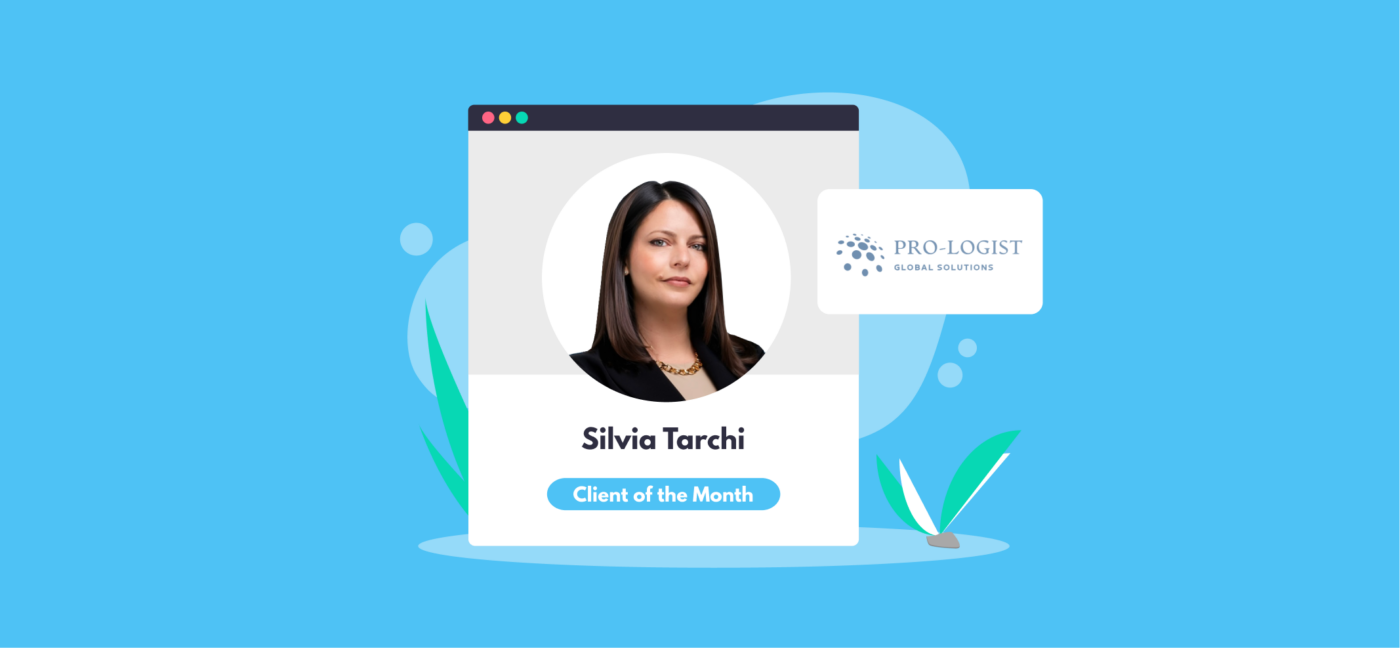

14 Accountancy Terms Explained for Startups
Starting a business can be complicated enough, especially with all the new lingo that crops up along the way. In this article we answer some of the most frequently asked questions about accounting terminology to help you get started.
Accounts payable
Quite often in accounting the names and phrases attached to things make them sound far more complicated than they actually are and this is definitely one of them. Accounts payable refers to the money a business owes to its suppliers for products or services which were purchased on credit. This is counted as a ‘currently liability’ on your balance sheet, which you’ll be expected to settle within a year.
Accounts receivable
Similarly, the term ‘accounts receivable’ simply refers to a sum of money that is owed to a business by customers who have purchased products and/or services on a credit basis. This outstanding sum is only considered a receivable once the customer has been invoiced. You might also hear these referred to as trade debtors.
Assets
An asset is an item of value the business owns. These can be divided into four main categories: current (cash and liquid items), long-term (property, equipment), prepaid and deferred (insurance, rent, interest) and intangible (trademarks, patents). Assets include items such as vehicles, equipment, property and inventory that all have potential monetary worth.
Balance sheet
The balance sheet report outlines the financial position of a business, showing important contributing factors such as assets, liabilities and capital from the preceding financial period. Balance sheets are particularly useful for investors who are looking to gain insight into what the business owns and owes, as well as the amount invested by other shareholders.
Cash Flow Statement
This is a summary of the actual or predicted cash incomings and outgoing for any given accounting period, be it monthly, quarterly or annually. Cash Flow Statements allow a better and more thorough understanding of where money is coming from and where it will eventually be going. This type of insight is crucial when constructing a business plan or budgeting for your company.
Dividends
A dividend is the sum of money paid out to a company shareholder in exchange for investment into the business. Most commonly this is paid annually and typically comes in the form of cash but can also be delivered through values such as stock share and property too. Dividends are paid from a company’s profits in proportion to the number and type of shares the shareholder owns.
Goodwill
This is what is known as an intangible asset as it is something of monetary worth which you can’t physically get your hands on. Goodwill normally describes the value of your brand in the marketplace, and a buyer might be prepared to pay a lot of money for it!
Expenses
These refer to the money that is spent and the costs created by the businesses. Expenses come in a number of different forms with the most prominent being fixed (rent, loan payments, wages), variable (utilities, supplies) and operation (day-to-day outgoings).
Liability
A liability comes about when a company is legally bound to settle an outstanding debt or recurring payment (such as staff wages or loan repayments).
Liabilities can be split into two main categories, the first being current liabilities which are debts payable within one year. The second form of liability is long-term, which means the debts are payable over a longer period.
Liquidity
This terms is used to refer to the extent to which a company has access to either assets or items that can be easily exchanged for money. Strong liquidity, for example, is manifested when a business is experiencing high levels of trading activity in which operations are converting assets into cash at a fast pace.
Revenue
This is a sum of money that represents the total amount of income received by the business through the sale of products and/or services over a specific time period. Revenue can also include net sales, exchange of assets, and interest, and is calculated prior to the deduction of any expenses. You’ll also hear it referred to as your business’s turnover.
ROI
This abbreviation stands for ‘return on investment’ and is a useful measure used to analyse the financial performance of a business in relation to the amount invested in it. You can arrive at an ROI sum by calculated by dividing the company’s net profit by the cost of the investment and the result is most commonly presented as a percentage.
Self Assessment
This is HMRC’s system for collecting income tax and leaves the business owner responsible for ensuring that they are paying the correct amount of tax, by the stated deadlines. The system requires you to submit a Self Assessment tax return to provide information about all taxable income and gains you receive during a tax year
UTR
This stands for Unique Taxpayer Reference and refers to the ten-digit number that is allocated by HMRC when you register for your business. The number is used to identify each individual business when dealing with all tax-related issues and must be obtained as soon as you decide to work for yourself or start up your own business venture.
Learn more about our online accounting services for businesses. Call 020 3355 4047 to chat to the team, and get an instant online quote.
Want to learn more?
Subscribe to our newsletter to get accounting tips like this right to your inbox

Read more posts...

April 2024 Client of the Month: Pro-Logist ltd
23rd April 2024This month we spoke to Silvia, Managing Director of Pro-Logist ltd! Pro-Logist ltd | LinkedIn Hey Silvia! Tell us about your business Pro-Logist,…
Read More
The Self-Employed Guide to Retirement Planning
19th April 2024Pension planning is often something we forget about until later in life, but the earlier you think about it, the better. Everyone…
Read More
14 Accountancy Terms Explained for Startups
17th April 2024Starting a business can be complicated enough, especially with all the new lingo that crops up along the way. In this article…
Read MoreConfirm Transactions
The number of monthly transactions you have entered based on your turnover seem high. A transaction is one bookkeeping entry such as a sale, purchase, payment or receipt. Are you sure this is correct?
Please contact our sales team if you’re unsure
VAT Returns
It is unlikely you will need this service, unless you are voluntarily registered for VAT.
Are you sure this is correct?
Call us on 020 3355 4047 if you’re not sure.
Bookkeeping
You will receive our bookkeeping software Pandle for free, as part of your package.
You can use this to complete your own bookkeeping, or we can provide a quote to complete your bookkeeping for you.
Please select and option below:
Call us on 020 3355 4047 if you’re not sure.

